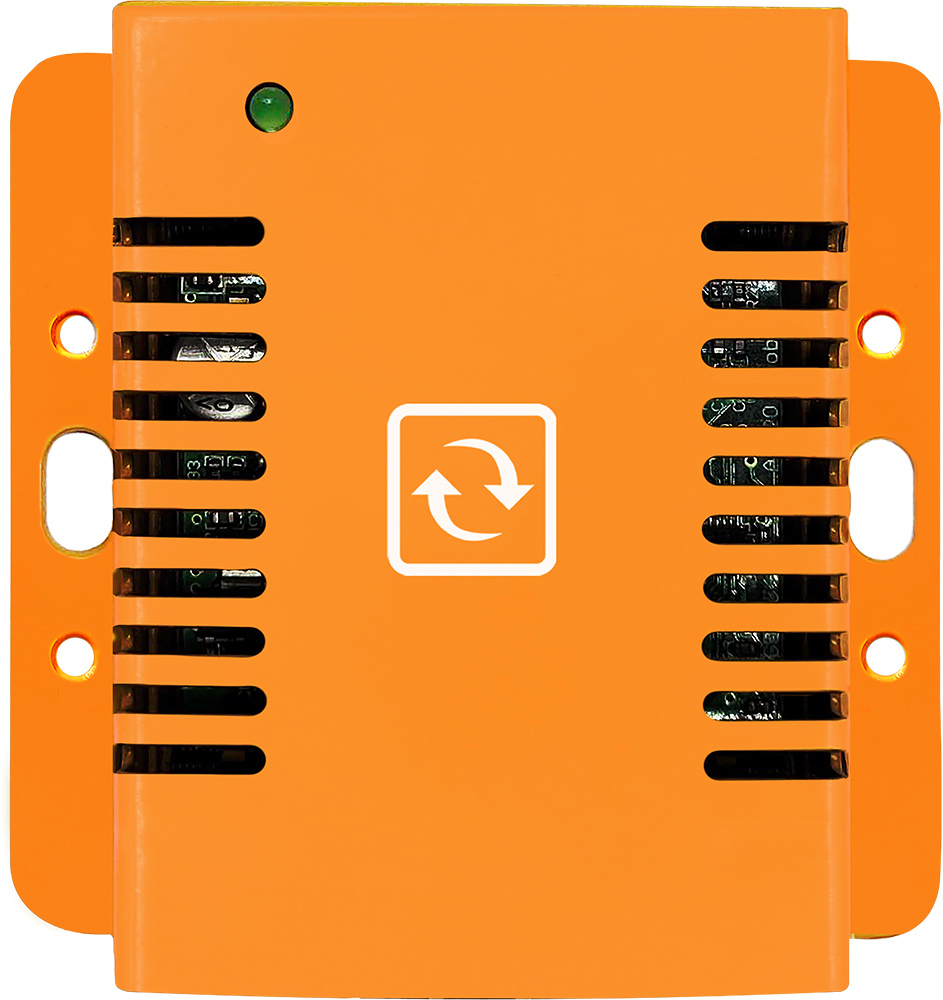
-
More
Dust Sensor
Close
When dust is present under the raised floor then it may be blown into equipment. The presence of dust accumulates in equipment then at first power usage will increase due to the harder working fans and CPU.
Dust Sensor
-
More
Temperature & Humidity Monitoring
Close
This sensor is designed for monitoring temperature and humidity levels inside IDFs.
Temperature & Humidity Sensors
-
More
Power Quality Sensor
Close
Designed to monitor single phase power quality in your IDF. It is designed to monitor single phasepower circuits; giving you an insight of your power quality at your power’s edge.
Power Quality Sensor
-
More
Smoke Sensor
Close
The smoke sensor is a photoelectric smoke sensor for monitoring smoke inside the battery room. This plug & play smoke sensor serves as a backup to a standard fire detection system.
Smoke Sensor
-
More
Water Leak Sensor
Close
Water is the enemy of electricity. Inside remote offices or IDF rooms, water leak came come from multiple sources. The primary source is a leaking cooling unit. Then you have water leaks from tenants or rooms above your IDF room, street flooding, pipe bursts and many more. The leak sensor by InfraSensing is a 5m water leak sensitive cable so that it can detect water intrusion anywhere in the IDF.
Water Sensing Sensor & Cable
-
More
Thermal Camera Sensor
Close
Thermal anomalies may go undetected with traditional temperature sensors as air conditioning units will try to compensate the heat problem. The thermal camera sensor looks at the batteries and monitors its surface temperature in 4800 points, every 2 seconds.
Thermal Camera Sensor
-
More
Digital Airflow Sensor Probe
Close
The first standalone digital airflow sensor measures airspeed in meters per second and report it as such to the base unit, the SensorGateway.
Airflow Sensor Probe

Temperature sensors: These sensors can be used to monitor the temperature in the room and alert maintenance staff if it exceeds a certain threshold. The benefit of using temperature sensors is to ensure that the temperature in the room is within an acceptable range, as extreme temperatures can cause equipment to fail or become damaged.
Humidity sensors: These sensors can be used to monitor the humidity in the room and alert maintenance staff if it falls outside of an acceptable range. The benefit of using humidity sensors is to ensure that the humidity in the room is within an acceptable range, as high humidity can cause equipment to corrode or malfunction, while low humidity can cause static electricity and damage electronic components.
Airflow sensors: These sensors can be used to monitor the airflow in the room and alert maintenance staff if it falls outside of an acceptable range. The benefit of using airflow sensors is to ensure that there is adequate ventilation in the room, as poor airflow can cause equipment to overheat and malfunction.
Dust sensors: These sensors can be used to detect the presence of dust in the room and alert maintenance staff if it exceeds a certain level. The benefit of using dust sensors is to ensure that the room is kept clean, as dust can clog filters, obstruct airflow, and cause equipment to malfunction.
Corrosion sensors: These sensors can be used to detect corrosion on metal surfaces and alert maintenance staff if it is detected. The benefit of using corrosion sensors is to identify corrosion early, before it causes significant damage, and take preventive action to extend the life of equipment.
Smoke/fire sensors: These sensors can be used to detect smoke or fire in the room and alert maintenance staff if either is detected. The benefit of using smoke/fire sensors is to ensure the safety of the room by detecting fires early and alerting maintenance staff to take corrective action.
Water leak sensors: These sensors can be used to detect water leaks and alert maintenance staff if any are detected. The benefit of using water leak sensors is to prevent water damage to equipment and the room itself, as water can cause serious damage if left unchecked.
Vibration sensors: These sensors can be used to detect vibration and alert maintenance staff if any unusual vibration is detected. The benefit of using vibration sensors is to identify potential problems with equipment, such as imbalanced loads or misalignment, and take corrective action before the equipment fails.
Power quality sensors: These sensors can be used to monitor the quality of the electrical power in the room and alert maintenance staff if any issues are detected, such as voltage spikes or sags. The benefit of using power quality sensors is to ensure that the electrical power in the room is stable and of high quality, as poor power quality can cause equipment to malfunction or fail.